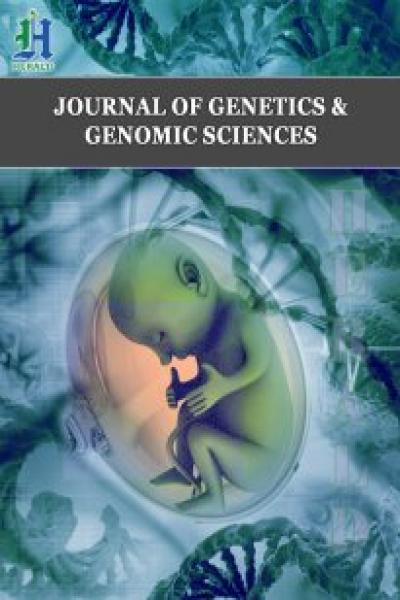
Nephropathic Cystinosis The Challenge Continues
*Corresponding Author(s):
Essam Al-SabbanDepartment Of Pediatrics, Consultant Pediatric Nephrology, King Faisal Specialist Hospital & Research Centre, AlFaisal University, Riyadh, Saudi Arabia
Email:essam.alsabban@gmail.com
Cystinosis is a rare autosomal recessive metabolic disorder characterized by high intracellular content of free cystine which appears to be compartmentalized within lysosomes. Cystine crystal disposition in the cornea, the kidneys, thyroid gland and other internal organs leads to the clinical features of photophobia, weight loss, rickets and progressive renal impairment. Three distinct clinical forms have been recognized: the infantile nephropathic cystinosis, the juvenile nephropathic form and the adult ocular non-nephropathic form. The measurement of WBC cystine level is the golden standard for the diagnosis of cystinosisl [1]. WBC cystine also is a major indicator to asses efficacy of oral cysteamine to chelate cystine from lysosomal. Through molecular genetic studies we can, not only confirm the diagnosis of cystinosis but to provide family segregation and to identify other family members at risk of late onset cystinosis (Juvenile and adult form).
Despite that infantile nephropathic cystinosis is the most common form of cystinosis and is usually suspected because of the clinical presentation in the first year of life with normal anion gap metabolic acidosis and failure to thrive. However, in juvenile form, renal involvement is heterogenous due to different gene mutations and patient may not present until they have reached a significant degree of renal impairment [2] even within same family members. In addition, late onset nephropathic cystinosis should be assessed in family members of a patients with seemingly isolated ocular form of cystinosis.
The description of cohort group of patients with late onset nephropathic cystinosis, its presentation, clinical outcome and genotype by the Aude Servais et al., [2] have demonstrated that all patients had typical crystal disposition in the cornea and all had high granules cystine content , however, renal impairment was often diagnosed late despite the presence of significant proteinuria of 1 gram per day or more in all patients. The genetic screening of those patients showed compound heterozygotes gene mutation in four families and homozygotes in to two families. Single heterogenous mutation was identified in one family and 2 families had no recognized mutations identified. Those finding has confirmed the phenotypic variability of this conditions as well as that different cystinosin CTNS gene mutations can be responsible for the insidious presentation in juvenile nephropathic cystinosis patients [3].
The most recent case report [4] on the pitfall of white blood cell cystine measurement to diagnose juvenile cystinosis has raised the degree of concern on how many cases of late onset cystinosis has been missed over the years? and indirectly addressed the question on whether a new methodology/ combination of tests is needed for accurate diagnosing of cystinosis? A refining step in this direction and expert opinion is highly waiting for and deemed necessary to be able to make the diagnosis of this rare condition as early as possible and to treat patient before they progress to chronic renal disease.
References
- Gahl WA, Thoene JG, Schneider JA (2002) Cystinosis. N Engl J Med 347: 111-121.
- Servais A, Moriniere V, Grunfeld J, Noel L, Goujon J, et al. (2008) Late onset nephropathic cystinosis: Clinical presentation, outcome, andgenotypeing. Clin J Am Soc Nephrol 3: 27-35.
- David D, Berlingerio SP, Elmonem MA, Arcolino FO, Soliman N, et al. (2019) Molecular basis of Cystinosis: Geographic Distribution, Functional consequences of mutation s in CTNS Gene, and potential for repair. Nephron 141: 133-146.
- Tjessa B, Anas K, Princiero BS, Koenraad V, Sandrine M, et al. (2023) The pitfall of white blood cell cystine measurement to diagnose juvenile cystinosis. Int J Mol Sci 24: 1253.
Citation: Al-Sabban E (2023) Nephropathic Cystinosis The Challenge Continues. J Genet Genomic Sci 8: 039.
Copyright: © 2023 Essam Al-Sabban, et al. This is an open-access article distributed under the terms of the Creative Commons Attribution License, which permits unrestricted use, distribution, and reproduction in any medium, provided the original author and source are credited.

